Marijuana Grow Lights Power: How Lighting Affects Weed Cultivation
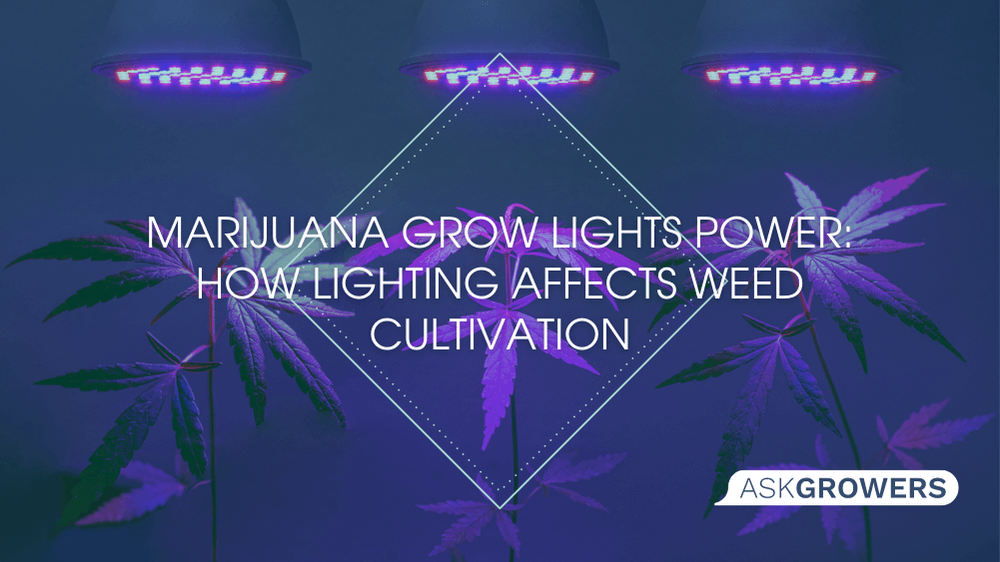
Cultivating different types of weed seeds is a complex process that requires careful attention to various environmental factors, one of which is lighting. The right choice of weed growing light can significantly impact the growth and development of cannabis plants, ultimately influencing their potency and yield. In this article, we will delve into the fascinating world of marijuana cultivation and explore the main types of lamps commonly used by growers: LED (light-emitting diode), HID (high-intensity discharge), and CFL (compact fluorescent lamp).
To grow weeds indoors, lights are an indispensable tool that mimics the natural sunlight necessary for plant photosynthesis. While outdoor cultivation benefits from the sun's abundant light, indoor growers must rely on cannabis lamp lighting systems to provide the required spectrum and intensity.
Read Also: How to Grow Marijuana from Seeds: Rules and Tips
LED, HID, and CFL weed growing lights have gained popularity among marijuana cultivators due to their unique features and benefits. LED lamps, for instance, offer energy efficiency, longevity, and the ability to customize the light spectrum to suit specific growth stages. On the other hand, HID lamps provide intense light output, making them just right for large-scale operations. Although CFL lamps are less powerful, they are favored for their affordability and suitability for small-scale cultivation setups.
Why Grow Weed with LEDs
LED lamps have revolutionized the world of indoor cannabis germination due to their energy efficiency, versatility, and long lifespan. These lights consist of small electronic components called diodes that emit light when an electric current passes through them. Cultivators often opt for cannabis LED lights due to their numerous benefits.
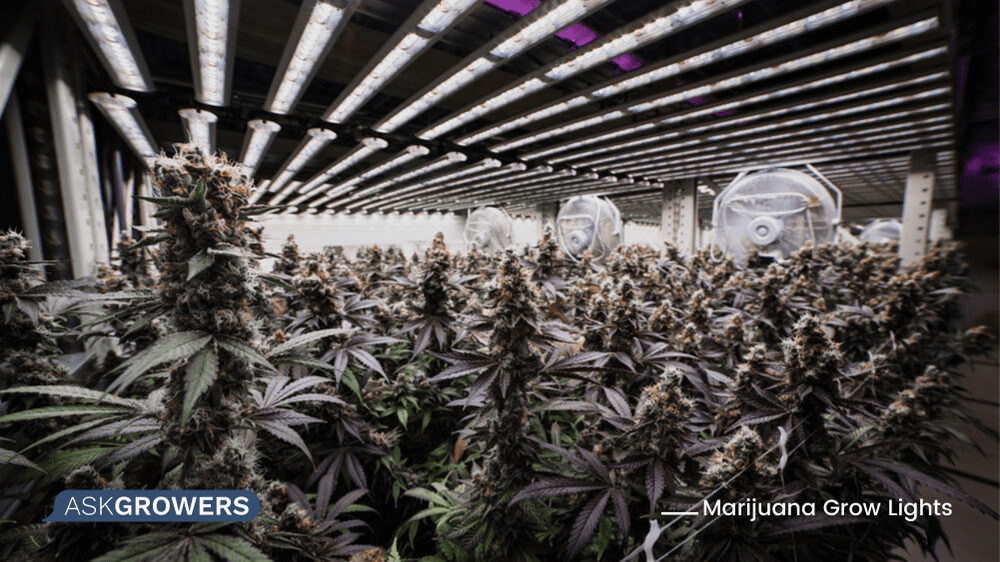
| Pros: | Cons: |
|
|
Installing LED Lights Correctly
To grow weed with LED lights correctly and to optimize their effectiveness in growing cannabis, follow some guidelines:
-
Determine the wattage: Calculate the appropriate LED lamp wattage needed for your cultivation space. It depends on factors such as the size of the area, the number of plants, and desired light intensity.
-
Mounting height: LED illumination should be hung at an appropriate space from the cannabis plants to ensure optimal light distribution without causing light burn or heat stress. As a general guideline, maintain a distance of around 12–24 inches (30–60 cm) between the LED light source and the canopy of young plants. Increase the space gradually as the plants grow to prevent light burn.
-
Light coverage: Position the LED lamps in a way that they evenly cover the entire canopy of cannabis plants. Adjust the height and angle of the lights accordingly to achieve uniform light distribution across the plants.
-
Follow manufacturer guidelines: Always refer to the manufacturer's instructions and recommendations for your specific LED light model. They may provide particular guidelines on installation, distance, and recommended light schedules for different growth stages.
Evaluating the Impact of HID Lights on Growing Weed
HID lamps have long been a commonly chosen alternative among cannabis growers due to their intense light output and ability to promote vigorous plant growth. HID lights for cannabis operate by creating an electric arc between two electrodes within a gas-filled chamber, which produces high-intensity light. There are different types of weed grow lights:
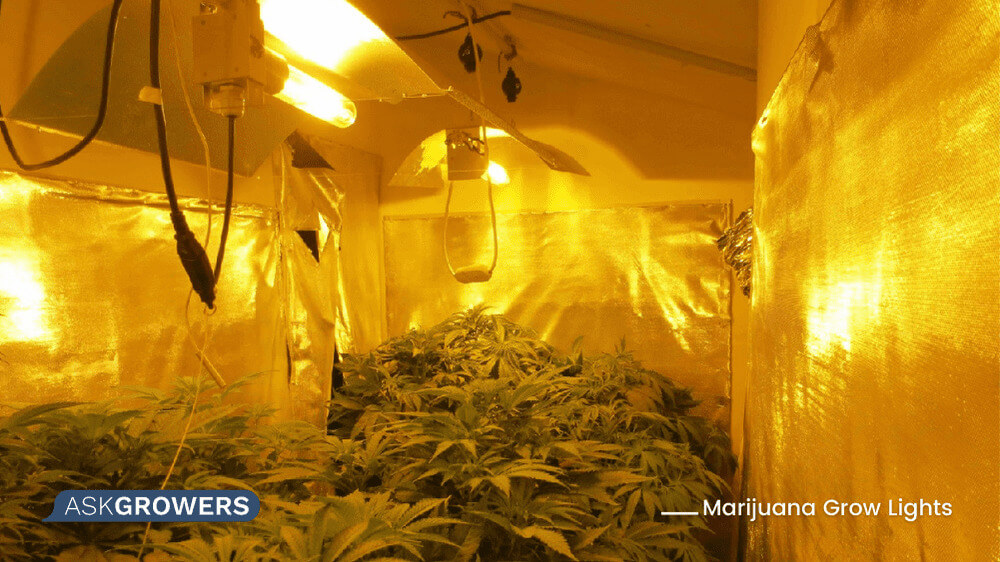
Metal Halide (MH) Lights
MH illumination emits a bluish-white light spectrum that closely resembles natural sunlight during the vegetative stage of plant growth. It contains metal halide compounds within the bulb, which contribute to the specific light spectrum produced. MH lamps promote strong vegetative growth, leaf development, and overall plant structure.
High-Pressure Sodium (HPS) Lights
HPS lamps emit a yellow-orange light spectrum that is most effective during the flowering and fruiting stages of growing weed. They contain sodium vapor within the bulb, which produces the characteristic light color. HPS illumination is known for its high-intensity output and ability to enhance flower production and resin development, leading to higher yields and potency.
Metal Ceramic (CMH or LEC) Lights
Metal ceramic lamps, also known as ceramic metal halide (CMH) or light emitting ceramic (LEC) lights, combine elements of both MH and HPS illumination. They offer a balanced light spectrum that is suitable for the entire growth cycle of marijuana plants. CMH/LEC lamps are valued for their efficiency, longevity, and ability to deliver a broad spectrum that closely resembles natural sunlight, resulting in healthy plant growth and improved yield potential.
There are several factors to consider when choosing this type of lighting:
| Pros: | Cons: |
|
|
Installation
To install HID illumination correctly for cannabis cultivation, follow these guidelines:
First, ensure an appropriate mounting height of 18–24 inches (45–60 cm) during the vegetative stage and 12–18 inches (30–45 cm) during flowering to prevent light burn.
Next, position the lamps for even coverage across the canopy, adjusting height, angle, and placement as needed. Implement effective cooling and ventilation systems to manage the heat generated by HID lights, maintaining optimal temperature and humidity levels.
If You Consider Growing Cannabis with Fluorescent Lights…
Fluorescent lamps are a common lighting option used in indoor marijuana cultivation. They work by passing an electric current through a gas-filled tube, which then emits ultraviolet (UV) light. Fluorescent lights are popular for their affordability, energy efficiency, and versatility in small-scale and low-light cultivation setups.
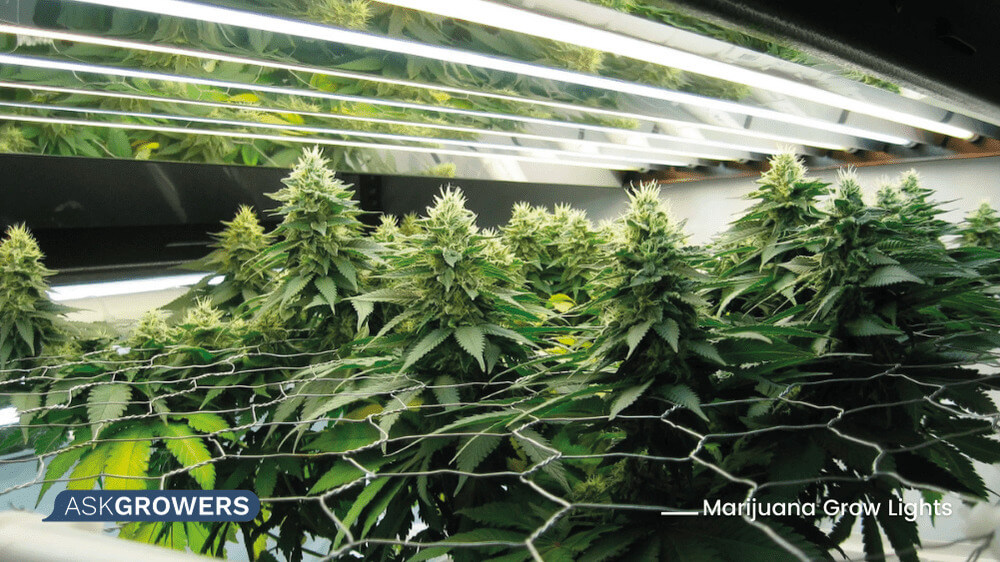
There are two main types of fluorescent lamps used when growing cannabis:
CFL (Compact Fluorescent Lamp) Lights
The CFL grow light is a compact version of traditional fluorescent lamps. They come in various sizes and wattages, making them suitable for small-scale or personal cannabis cultivation. The weed lamps emit a broad spectrum of light, including cool and warm white, making them proper for both vegetative and flowering stages of plant growth. Supported by the CFL, weed grows healthier and more resilient.
| Advantages | Disadvantages |
|
|
T5 Fluorescent Lights
T5 fluorescent lamps are characterized by their slim and efficient design. They provide a high-output fluorescent option with improved light intensity and uniform coverage compared to CFL illumination. T5 lamps emit a balanced spectrum of light that promotes healthy growth throughout the entire life cycle of cannabis plants.
| Advantages | Disadvantages |
|
|
How to Install Fluorescent Lights
Installing fluorescent lamps can seem like a daunting task at first. We have some tips for that:
- Mounting height: Maintain a distance of 6–8 inches (15–20 cm) between the fluorescent illumination and the canopy of cannabis plants during the vegetative stage. Increase the distance to 4–6 inches (10–15 cm) during the flowering stage.
- Light coverage: Position the fluorescent lamps to ensure even coverage across the entire canopy of cannabis plants. Use reflectors or light fixtures with multiple bulbs to maximize light distribution.
- Multiple bulbs: When using CFL illumination, consider using multiple bulbs to achieve better coverage and intensity. This helps to compensate for their lower light output compared to other lighting options.
- Rotation and close proximity: Fluorescent lamps can be placed closer to cannabis plants due to their low heat output. However, it's essential to rotate the plants regularly to ensure even light exposure and to prevent stretching or uneven growth.
Read Also: Which Cannabis Growing Medium Is Better – Soil, Rockwool, Peat Moss, or Coco Plus Perlite?
How Do I Find the Right Cannabis Grow Lights?
Choosing the right light for growing cannabis is crucial for optimal plant growth. LED lights are energy-efficient, customizable, and long-lasting, though they can be more expensive. The HID illumination provides intense output and is ideal for larger operations, but it generates more heat and consumes more energy. Fluorescent lamps, like CFL and T5, are affordable, efficient, and versatile, but they have lower intensity and coverage.
Consider your setup, budget, cannabis light requirements, and factors like energy efficiency and maintenance costs. When choosing between LED vs. HID grow lights, the grower should consider the following: LED illumination offers customization, HID lamps excel in intensity, and fluorescent illumination is great for smaller setups.
Research each type, weigh the pros and cons, and make an informed decision to create a lighting environment that maximizes yields and produces high-quality cannabis.

 Growing
Growing
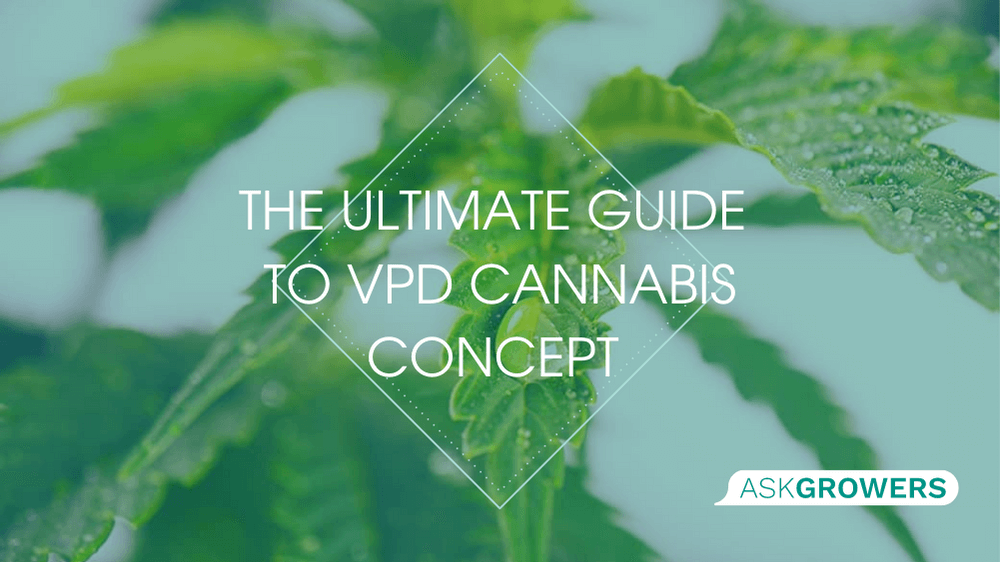
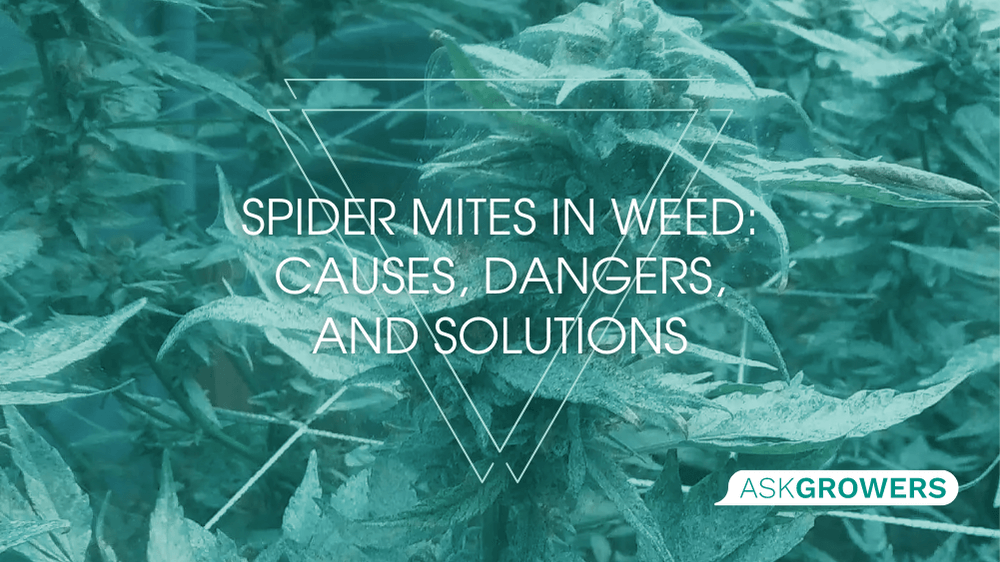
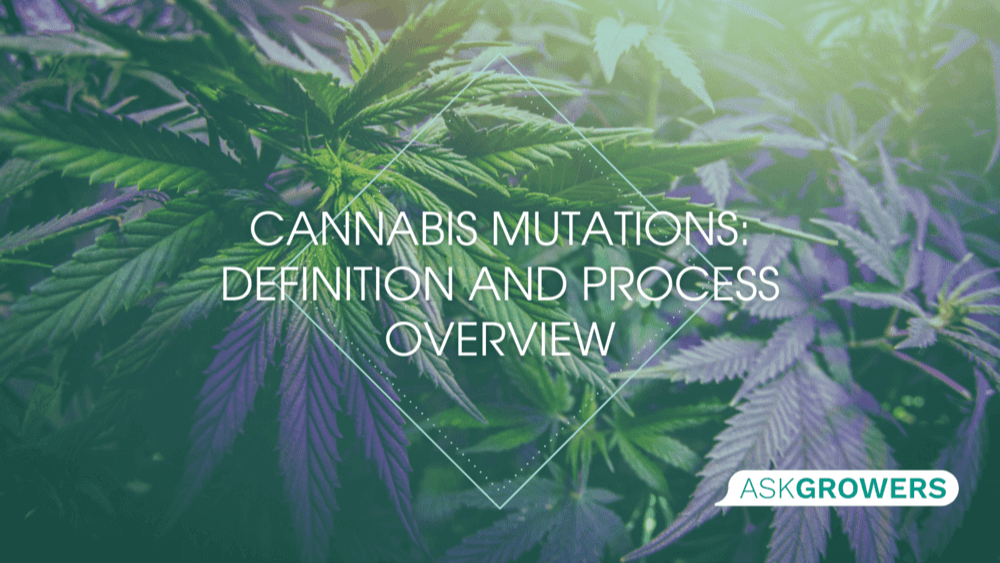
.png)
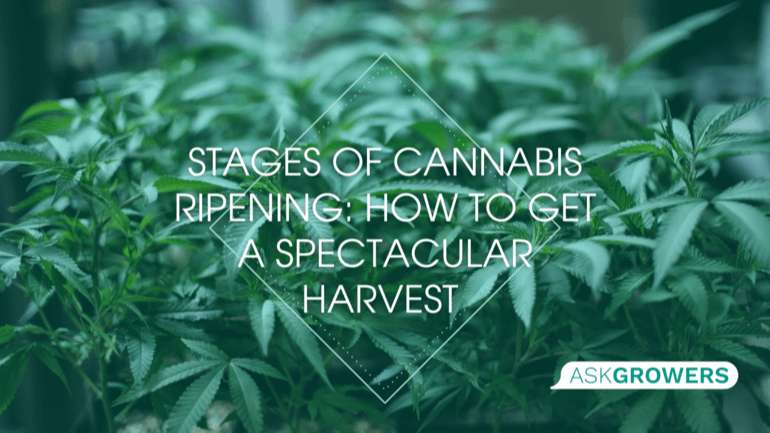
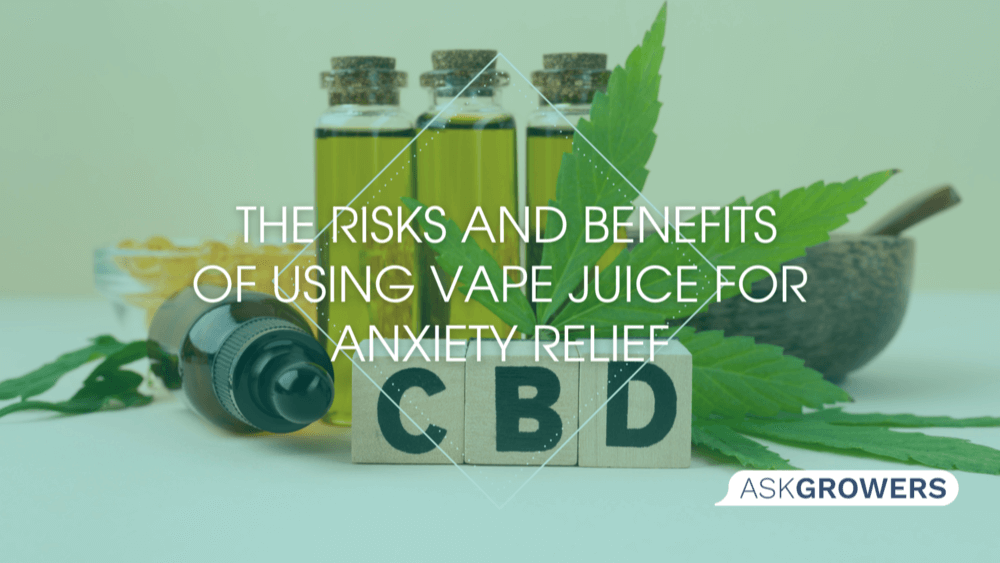
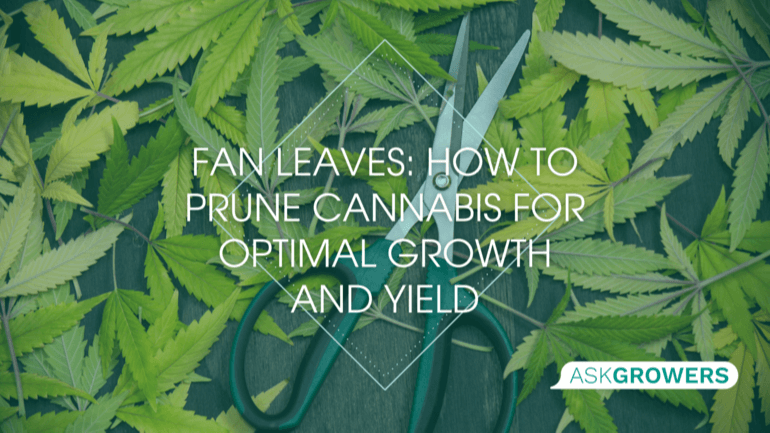
 (1).png)
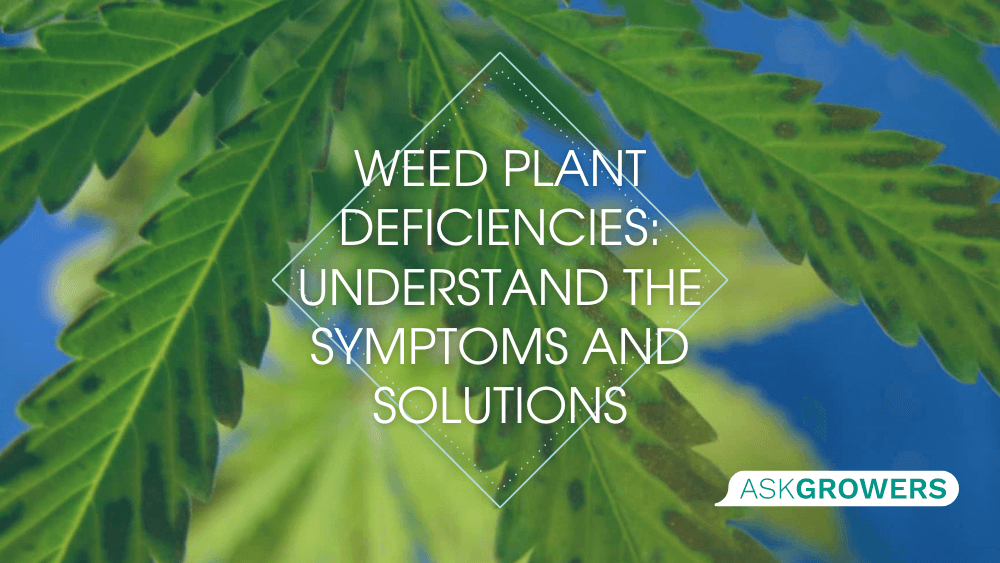
.jpg)
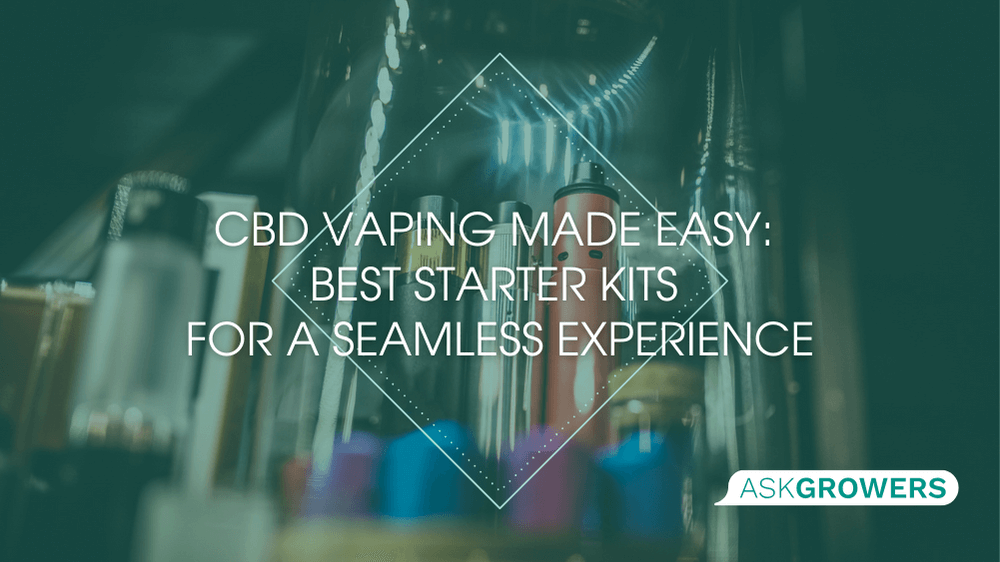
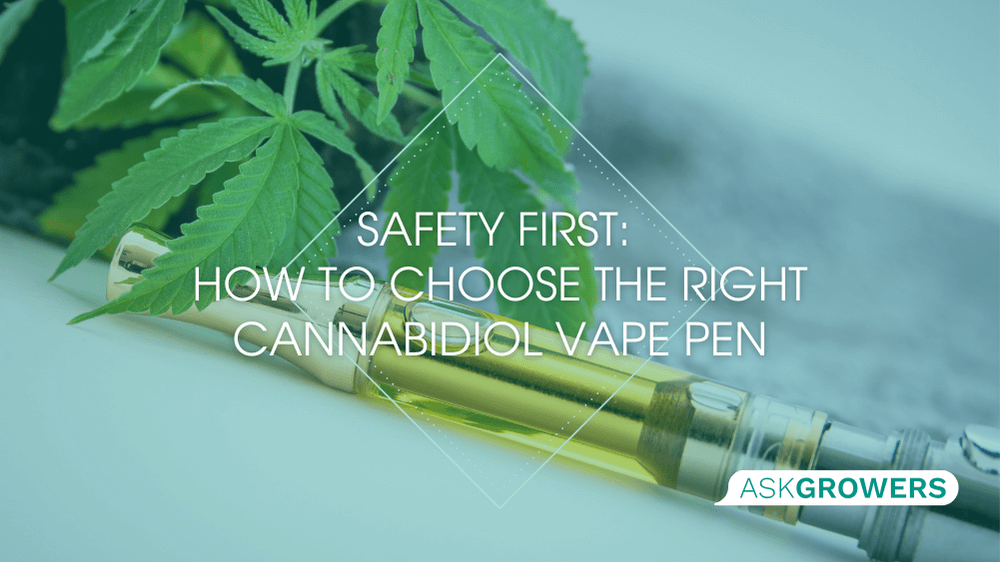
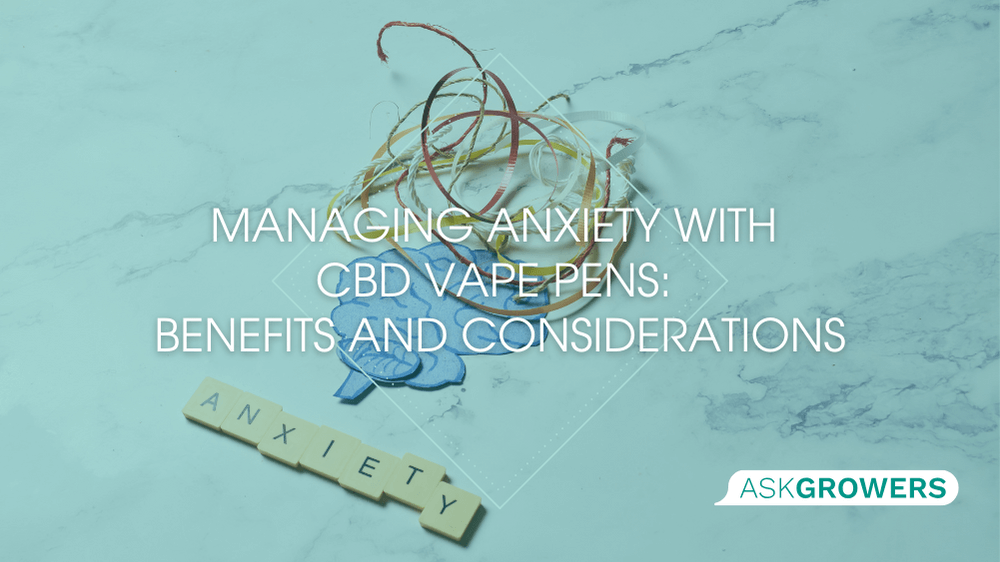
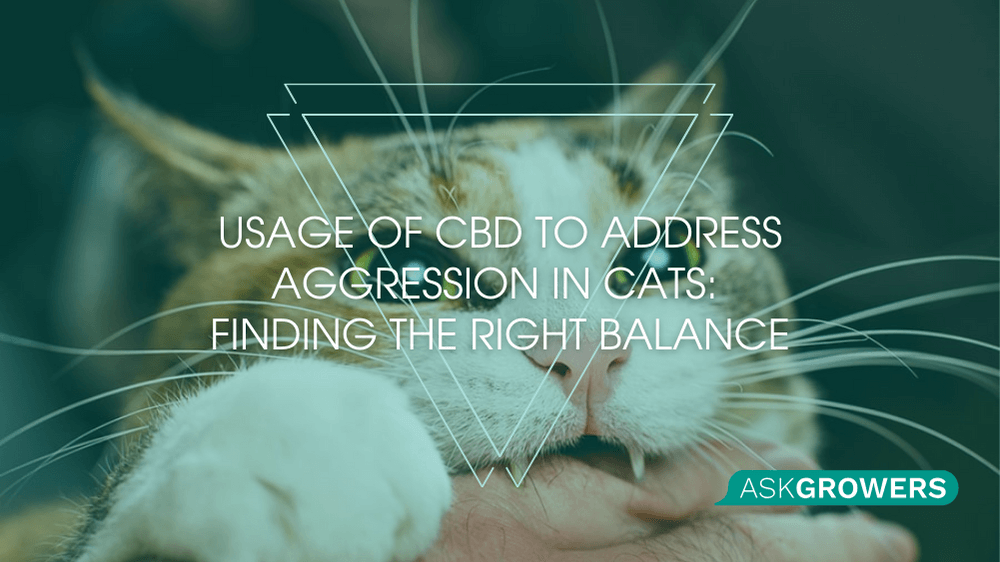
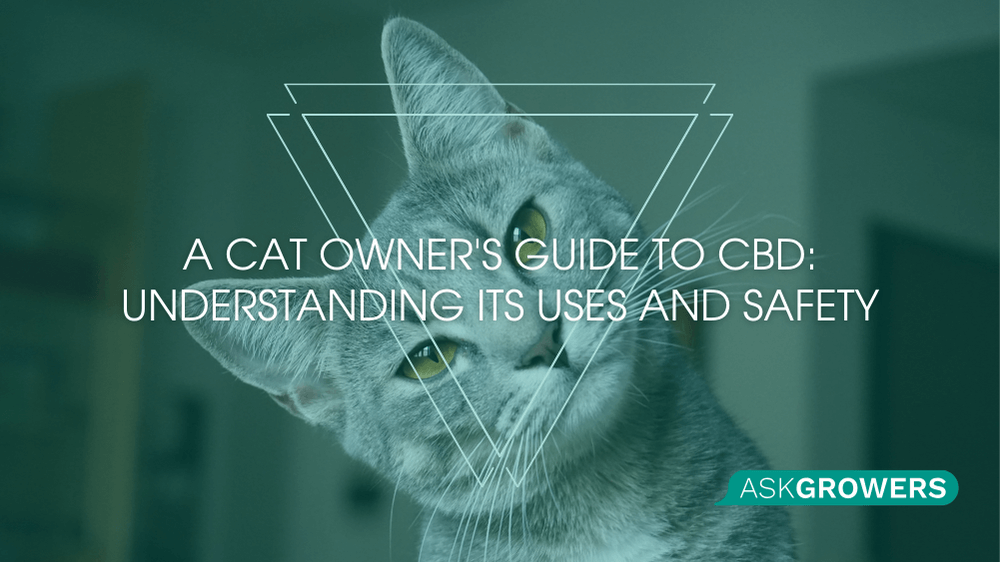
Be the first and share your opinion
Write a Review